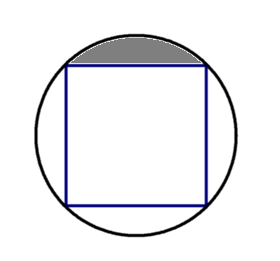Events & Promotions
| Last visit was: 26 Apr 2024, 09:39 |
It is currently 26 Apr 2024, 09:39 |

Customized
for You
Track
Your Progress
Practice
Pays
12:00 PM EDT
-01:00 PM EDT
03:00 PM PDT
-04:00 PM PDT
01:00 PM EDT
-11:59 PM EDT
11:00 AM EDT
-12:00 PM EDT
11:00 AM IST
-01:00 PM IST
11:00 AM IST
-01:00 PM IST
12:00 PM PDT
-01:00 PM PDT
12:00 PM EDT
-01:00 PM EDT
Difficulty:


 35%
(medium)
35%
(medium)
Question Stats:
77% (02:18) correct 23%
(02:18)
wrong
23%
(02:18)
wrong  based on 565
sessions
based on 565
sessions


20191026_121952.jpg [ 2.4 MiB | Viewed 12172 times ]


|
|
||
|
Hi Generic [Bot],
Here are updates for you:
ANNOUNCEMENTS
Watch earlier episodes of DI series below EP1: 6 Hardest Two-Part Analysis Questions EP2: 5 Hardest Graphical Interpretation Questions
Tuck at Dartmouth
|